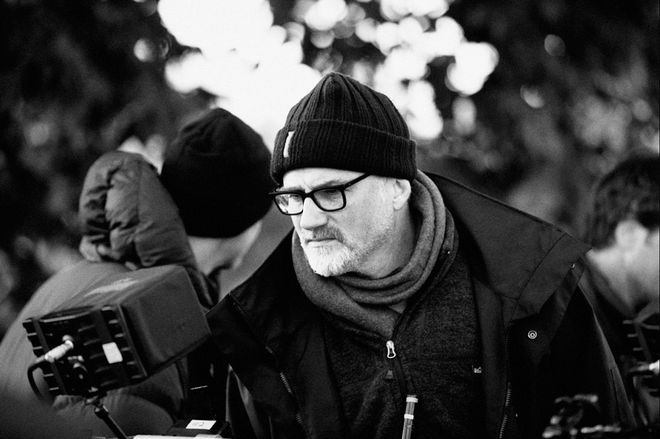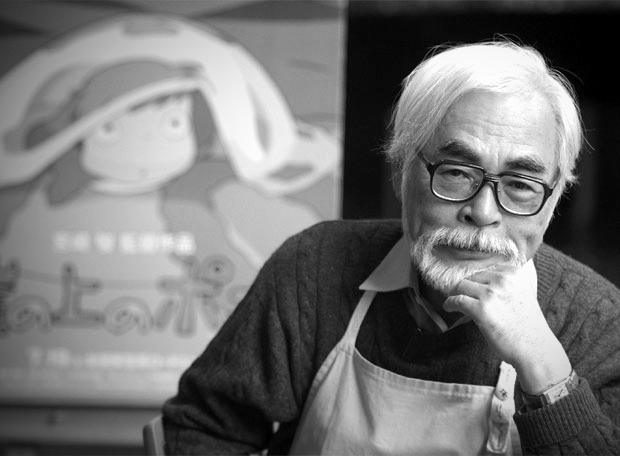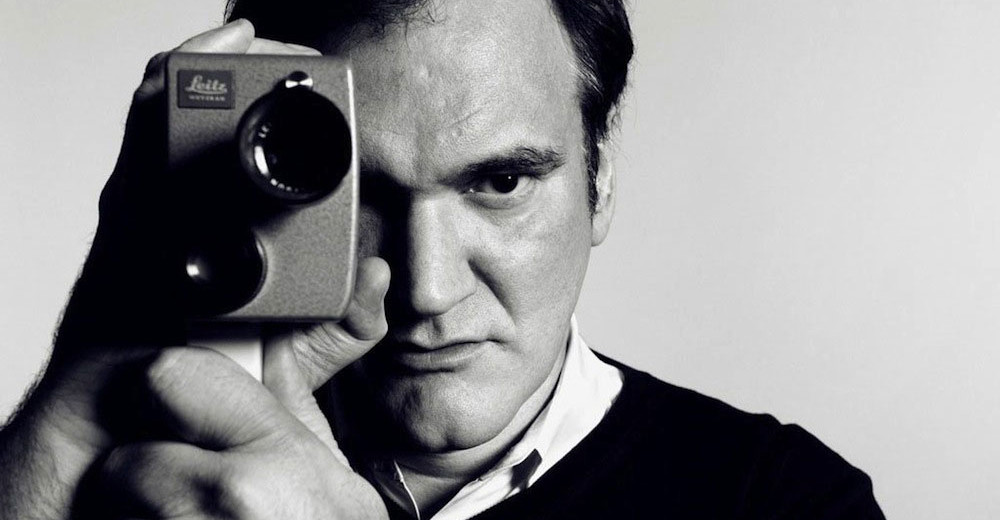“In the film, we sculpt time, we sculpt behavior and we sculpt light,” Hollywood’s most mysterious director David Fincher once said about filmmaking. In fact, the sentence would have been more accurate if we replaced the word “sculpt” with “manipulate”, for Fincher is the master of mind games, both with his characters and the audience. Even though critics grade his movies as psychological thrillers, they are much more than that with multiple layers of narratives.
Like some of the fellow filmmakers, Fincher started his cinematic adventures during his childhood with a 8 mm camera. Later, he emerged as one the most successful music video maker in the US in the 80s. Being a frequent collaborator of celebrities like Madonna, Aerosmith, Michael Jackson, Paula Abdul, and many other artists, Fincher inched very close to Hollywood. In 1992, he hit the tinsel town with his debut feature Aliens 3, which was not an encouraging experience both for the filmmaker and the producers. But, he bounced back and shook the Hollywood floor with movies like Seven (1995), Fight Club (1999), Zodiac (2007), The Curious Case of Benjamin Button (2008) and the drama The Social Network (2010), The Girl with the Dragon Tattoo (2011), and Gone Girl (2014).
How To Transform Your Vision Into A Great Movie, Explains Quentin Tarantino
A filmmaker is considered to be raised to the status of an auteur when we can discover a silver thread of unique style throughout his or her filmography. Fincher, having tasted thriller and dramatic genre, can claim the status along with his contemporaries Christopher Nolan and Quentin Tarantino. His directorial style is marked by the subtle presentation of the drama using colors rather than dialogues, a deviation from the conventional method. In a David Fincher movie, the color choices not only compliment the narrative but drive it.
No other director in Hollywood uses colors for establishing character traits and moods other than Fincher. He uses the color theory to make the audience realize subconsciously the feelings of the characters. Fincher even devices unique color palettes for each of his characters in a movie, so that the viewers can easily associate them with their emotions, moods, individuality, and hidden traits like wickedness, empathy, lust, ruthlessness, and love. By doing this, Fincher very effectively conveys who the characters really are, what they are capable of and how they are related to the audience.
Christopher Nolan’s Architecture Of Visuals In Memento, A Complete Study
Fincher wants the audience to notice only those things he wants them to notice in his movie, without the viewer’s noticing they are manipulated. This manipulation grips viewers and surprises them with sudden twists in the plot and gives rise to a unique storytelling method in Hollywood. In a Fincher movie, there will be more implicit things than explicit stuff, and maybe you have to ask twice, “What’s in the box? What’s in the box?”




